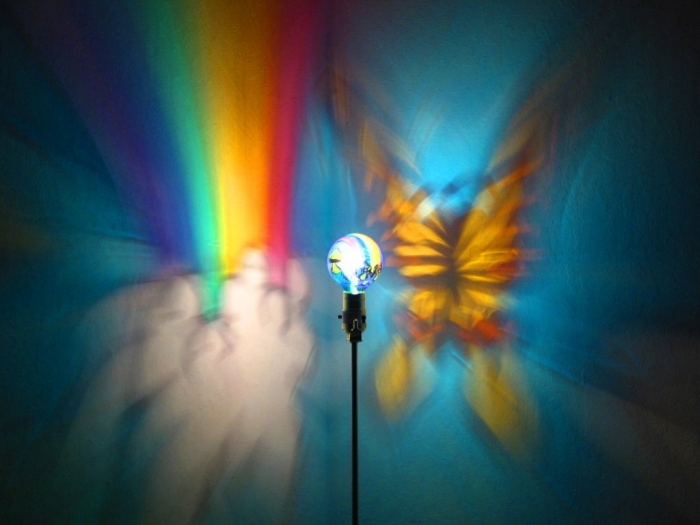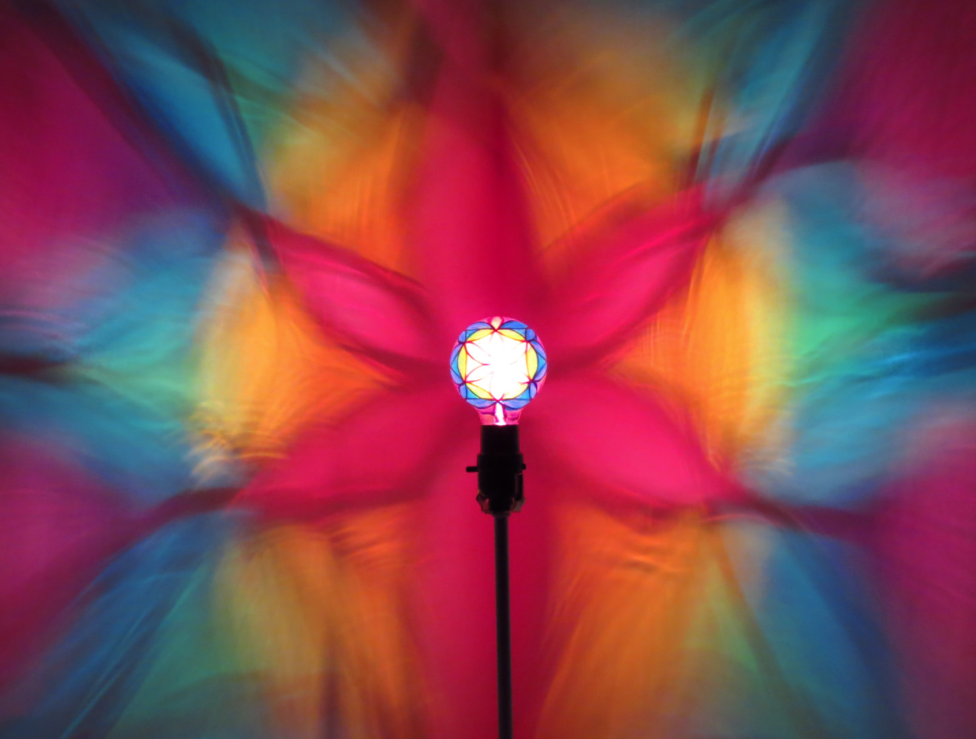Lighting Up For Autism
Ellen DeGeneres is one of those people that when you watch what they do, you can just tell – they’re genuinely committed to change. So it wasn’t surprising when I heard about Ellen’s recent guest, a dancing barista named Sam Forbes who just happens to be autistic. During the segment, Ellen discussed the journey of Sam’s life, and the impact that Sam has had on people all around him as he spreads joy through dancing. I was moved, and I immediately was reminded of how my passion, lights, plays such a big role with those who are part of the autism spectrum.
Every April, hundreds of thousands around the world illuminate their lives with a magnificent blue glow in an effort to raise awareness about autism on World Autism Awareness Day. Autism has become an increasingly large global issue in recent years. In a report published in March of 2014 the CDC stated that 1 in 68 children are identified as having ASD, or Autism Spectrum Disorder, and 1% of the population in the United States is or will be affected by ASD.
Lighting to the average person can seem slightly unimportant. Light bulb buzzing? Slight flicker? Most of us simply ignore it. This is not the case for those affected by autism. “Some researchers maintain that individuals with autism are more vulnerable to the sub-visible flicker that can cause headaches, eyestrain, and increased repetitive behavior,” wrote Charles N. Henry of the New Struan Centre for Autism in his article titled, “Designing for Autism: Lighting”.

When considering lighting your home or business to be autistic – friendly, keep these tips in mind:
- Clouds, Purple/Blue Moon & Stars, Dolphins, Nautical Scene, Blue Spirals, Purple Spirals, Green/Blue/Purple Spirals, Green/Blue/Purple Mosaics for settling down before bed, after a tough day or challenging experience, or even to leave on overnight for restless sleepers.

- Rainbow and multicolored designs that customers have claimed to significantly help in balancing the moods of their loved ones suffering with autism: Rainbow Horizontal, Rainbow Vertical, Rainbow Spiral, Rainbow Mosaic, and Yin/Yangs!

- Red/Orange/Purple Mosaic, Happy Face Rainbow, Butterfly/Rainbow/Clouds, Fishies, Trains, Planes, Dinosaurs, and Rainbow Hearts have been testified to help customers stimulate autistic people and help them focus.

Every April, hundreds of thousands around the world illuminate their lives with a magnificent blue glow in an effort to raise awareness about autism on World Autism Awareness Day. Autism has become an increasingly large global issue in recent years. In a report published in March of 2014 the CDC stated that 1 in 68 children are identified as having ASD, or Autism Spectrum Disorder, and 1% of the population in the United States is or will be affected by ASD.
Lighting to the average person can seem slightly unimportant. Light bulb buzzing? Slight flicker? Most of us simply ignore it. This is not the case for those affected by autism. “Some researchers maintain that individuals with autism are more vulnerable to the sub-visible flicker that can cause headaches, eyestrain, and increased repetitive behavior,” wrote Charles N. Henry of the New Struan Centre for Autism in his article titled, “Designing for Autism: Lighting”.

When considering lighting your home or business to be autistic – friendly, keep these tips in mind:
- Incandescent lights with a dimmer switch can be especially helpful. They can also help distinguish day from night; bright for day, and very dim for nighttime. However, these lights can have a short shelf life and can create a lot of heat, so use ones with long lasting, heavy duty tungsten filaments.
- LED lights create a bright light, ranging in frequency on the kelvin scale with 3000 K being close to incandescent lighting and 7000 K reaching more blue like fluorescence in hospitals. Flashlights, lamps, and ceiling fixtures all usually have an option with LED lighting and can be made to give off any frequency of light including 5500 K, which is closest to natural daylight. LED lighting is the popular choice amongst professionals today.
- Set-up work and play areas near windows with large amounts of natural light shining through. Natural light can help improve mood, attitude and concentration levels in children and adults.
- Rainbows are very balancing and healing, monochromatic color schemes much more calming. Blue is said to have a sedative effect on humans. For those who struggle with depression, they might be more calmed by warmer mono color schemes like red, orange, or purple. Whereas, those who tend to be more on the hyperactive end of the spectrum usually benefit more from greens, blues, and purples.
- Clouds, Purple/Blue Moon & Stars, Dolphins, Nautical Scene, Blue Spirals, Purple Spirals, Green/Blue/Purple Spirals, Green/Blue/Purple Mosaics for settling down before bed, after a tough day or challenging experience, or even to leave on overnight for restless sleepers.

- Rainbow and multicolored designs that customers have claimed to significantly help in balancing the moods of their loved ones suffering with autism: Rainbow Horizontal, Rainbow Vertical, Rainbow Spiral, Rainbow Mosaic, and Yin/Yangs!

- Red/Orange/Purple Mosaic, Happy Face Rainbow, Butterfly/Rainbow/Clouds, Fishies, Trains, Planes, Dinosaurs, and Rainbow Hearts have been testified to help customers stimulate autistic people and help them focus.

